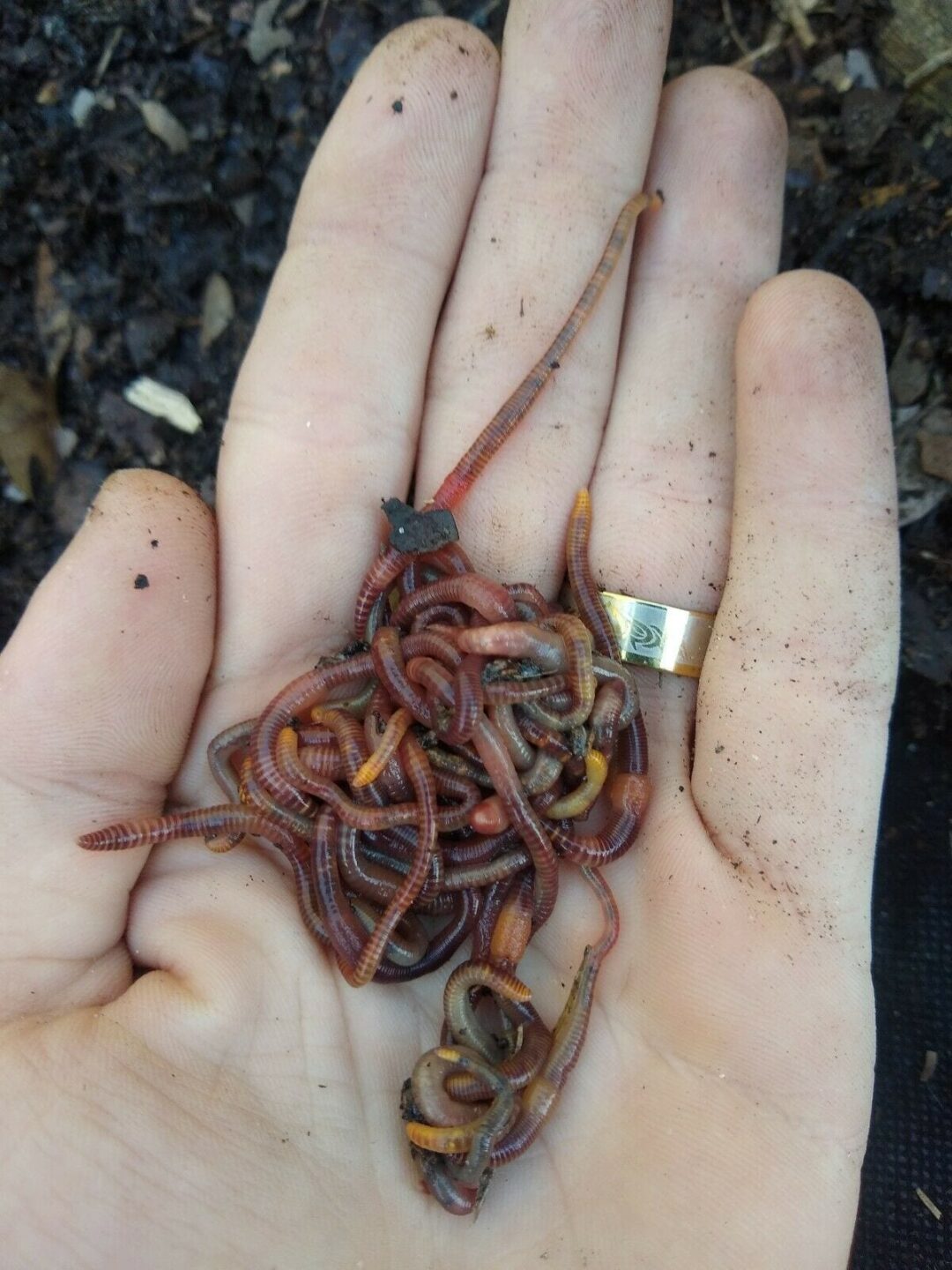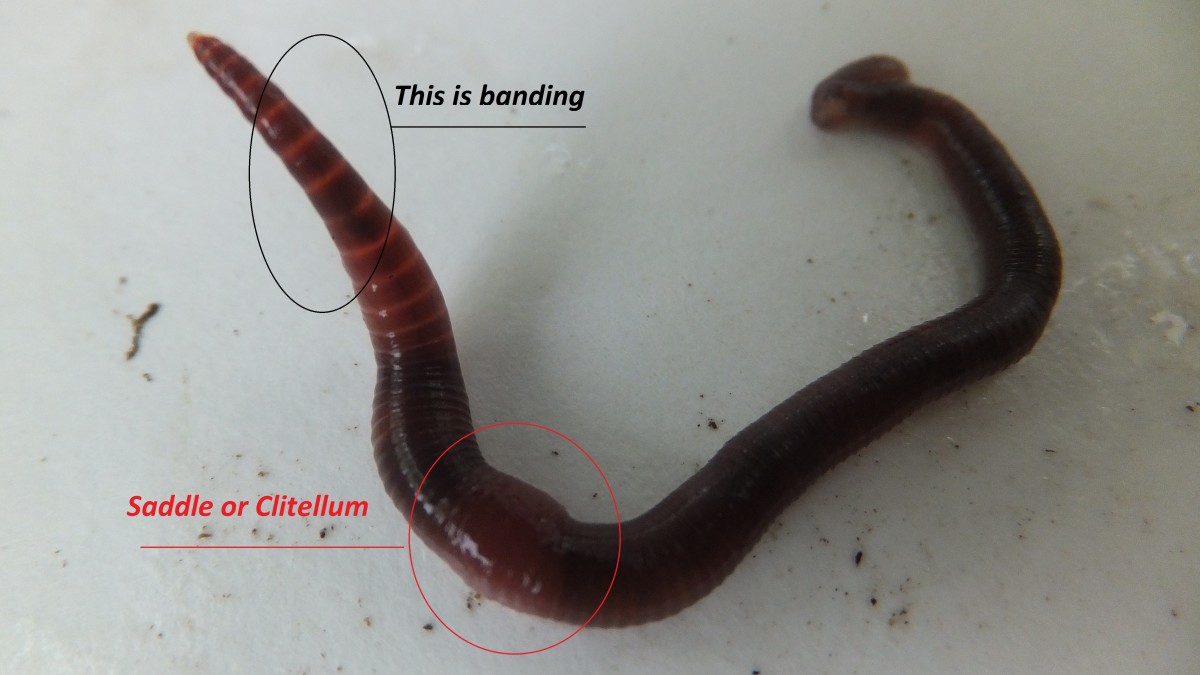Open the Secrets of Red Wigglers: Your Overview to Composting Success
The assimilation of red wigglers right into composting methods presents a considerable opportunity for improving soil wellness and advertising sustainability. These microorganisms are not simply reliable recyclers of organic waste; they provide a myriad of advantages that can transform garden monitoring. Recognizing their demands and actions is vital for enhancing their potential, from establishing a suitable worm bin to feeding them the best materials. As we discover the vital parts of successful vermicomposting, one may question how these little animals can cause a much more vibrant and effective yard environment.

What Are Red Wigglers?
(Red Wiggler Express)Red wigglers, medically referred to as Eisenia fetida, are a species of earthworm mainly made use of in composting because of their exceptional capability to disintegrate organic matter successfully. These worms are identified by their reddish-brown coloration and a segmented body, typically gauging in between 3 to 4 inches in size. Unlike other earthworm varieties, red wigglers grow in abundant, natural settings, making them optimal for vermicomposting systems.
Belonging To North America, they are commonly located in decaying leaves and compost stacks, where they play a critical duty in nutrient recycling. Their adjustment to staying in a damp, cardio environment enables them to consume huge amounts of natural waste, simplifying into nutrient-rich spreadings that improve soil wellness.
Red wigglers duplicate rapidly, with a single worm qualified of generating several cocoons each week, each containing multiple hatchlings. This fast recreation rate adds to their performance in composting operations. They choose temperature levels in between 60 ° F and 80 ° F, and their task level boosts significantly within this variety, further helping in the decomposition process. Recognizing the biology and habits of red wigglers is necessary for maximizing their capacity in composting applications.
Benefits of Utilizing Red Wigglers
Using the power of red wigglers in composting uses countless advantages that boost dirt wellness and advertise lasting waste administration. These exceptional microorganisms effectively break down organic issue, changing cooking area scraps and backyard waste right into nutrient-rich vermicompost. This completed item is incredibly advantageous for plant growth, as it improves dirt structure, raises dampness retention, and boosts vitamins and mineral schedule.

(Red Wiggler Express)Additionally, the visibility of red wigglers in your composting system can increase the composting process, creating high-grade garden compost in a fraction of the moment compared to typical approaches. The castings generated by these worms are likewise brimming with beneficial microbes that even more improve the dirt community.
Setting Up Your Worm Container
Producing a reliable worm bin is a straightforward process that can dramatically enhance your composting initiatives. The primary step is choosing an ideal container. Worm bins can be made from plastic storage space bins, wooden boxes, or readily Visit This Link available worm containers. Ensure the bin has ample drainage and air flow openings to maintain ideal dampness levels and air movement.
Next, prepare the bed linen material, which serves as the worms' environment. A mix of shredded paper, cardboard, and coconut coir functions well, giving a comfortable environment for the worms.

Feeding Your Red Wigglers
To guarantee the wellness and performance of your red wigglers, it is important to give them with a balanced diet that satisfies their nutritional needs. Red wigglers thrive on a varied range of natural materials, which not just provide needed nutrients however additionally advertise efficient composting.
Beginning by incorporating cooking area scraps such as vegetable peels, fruit cores, and coffee premises. Prevent citrus fruits, onions, and garlic, as these can be detrimental to worm wellness. Furthermore, present shredded paper, cardboard, and dry fallen leaves to create a well-aerated setting.
Feeding frequency must be kept track of; usually, worms can consume half their body weight in food weekly. It is critical to avoid overfeeding, as excess food can bring about unpleasant smells and bring in insects. An excellent practice is to add food in percentages, enabling worms to refine it before introducing extra.
Maintaining wetness degrees is also important; the bed linens should be moist however not soaked. Lastly, be sure to regularly inspect the temperature level and pH degrees of the container to ensure an ideal atmosphere for your red wigglers, inevitably enhancing their composting efficiency.
Harvesting and Utilizing Compost
A successful composting procedure with red wigglers finishes in the abundant, dark compost referred to as vermicompost, which can significantly enhance dirt health and plant development. Collecting this nutrient-dense product usually happens every three to 6 months, depending upon the size of your system and the quantity of raw material being processed.
To collect, carefully separate the garden compost from the worms and any kind of undecomposed materials. One effective approach includes moving the materials of the bin away and including fresh bedding and food to the void, encouraging the worms to move. After a few days, the garden compost can be gathered from the opposite side.
It is vital to make use of vermicompost correctly to optimize its benefits. It can be made use of as a leading dressing for yard beds, mixed right into potting soil, or made into a nutrient-rich fluid fertilizer understood as "worm tea." This application technique helps to deliver vital nutrients directly to plant origins, promoting much healthier development. By incorporating vermicompost right into your gardening routine, you not only reuse natural waste however additionally create a growing environment that supports sustainable horticulture practices.
Verdict
In summary, red wigglers serve as remarkable allies in composting efforts, transforming organic waste into nutrient-rich vermicompost. By understanding the optimal conditions for their environment, feeding needs, and garden compost harvesting strategies, garden enthusiasts can boost soil wellness and promote plant vitality.